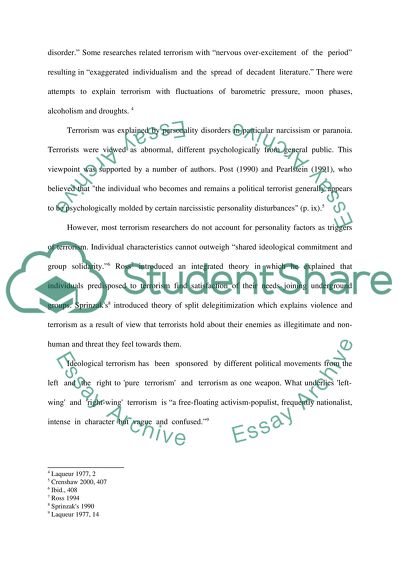Cite this document
(“The origins of international terrorism targeting the United States Essay”, n.d.)
The origins of international terrorism targeting the United States Essay. Retrieved from https://studentshare.org/miscellaneous/1543884-the-origins-of-international-terrorism-targeting-the-united-states
The origins of international terrorism targeting the United States Essay. Retrieved from https://studentshare.org/miscellaneous/1543884-the-origins-of-international-terrorism-targeting-the-united-states
(The Origins of International Terrorism Targeting the United States Essay)
The Origins of International Terrorism Targeting the United States Essay. https://studentshare.org/miscellaneous/1543884-the-origins-of-international-terrorism-targeting-the-united-states.
The Origins of International Terrorism Targeting the United States Essay. https://studentshare.org/miscellaneous/1543884-the-origins-of-international-terrorism-targeting-the-united-states.
“The Origins of International Terrorism Targeting the United States Essay”, n.d. https://studentshare.org/miscellaneous/1543884-the-origins-of-international-terrorism-targeting-the-united-states.


